Advertisement
Generation Z is growing up in a world where technology changes quickly. Unsurprisingly, many Gen Z students already use AI in school. A new survey demonstrates that most students know about AI tools, especially ChatGPT, and many utilize them to study or get help with writing. Gen Z doesn’t simply want to use AI; they want to use it smartly. They think schools should help them understand how to use AI correctly.
They want AI to be fair, easy to understand, and accessible to all students, not just the wealthy. This article examines what Gen Z truly believes about AI in college and university. Gen Z’s views on justice, equitable access, learning support, and ethics help determine how AI should be utilized in higher education.

Many Gen Z students have heard of AI and tried it at least once. They like tools like ChatGPT, Grammarly, and AI-powered search. They typically utilize these tools to write essays, verify their grammar, or make summaries. It shows how quickly AI is becoming a part of students’ lives. Even though they use AI, many pupils don’t get how it works. They often require help figuring out how to use it. Many people claim they heard about AI from friends or social media, not from school or teachers.
According to Gen Z, colleges should teach AI. Students want to learn how to use it safely, which means knowing about its pros, cons, and constraints. Students don’t want to use AI the wrong way by accident; they want to be knowledgeable and honest users instead. Teaching AI skills in class will let all students, not just the ones who are good with technology, utilize it safely and with confidence.
Gen Z is sure that AI in education should help all students, not just a few. Many worry that kids in smaller schools would lag if only well-funded colleges used AI properly. That’s not fair. They think AI can assist in closing learning gaps, especially for first-generation students or pupils who don’t have as many resources. But it only happens if everyone has the same access. For instance, if only some students could pay for AI tools, some would be left out. That makes the school system less fair.
Schools must ensure everyone has the same access to AI technologies and training. Support is needed for public colleges, community colleges, and schools that serve low-income students to keep up. Universities should not only give students access to AI but also teach them how to utilize it well. Gen Z wants AI to help people feel included, not make things worse.
Gen Z wants more than just tiny uses of AI. They want AI to be taught in schools as part of the regular curriculum. It entails teaching people about AI, such as how it works, how to use it well, and how to think critically about its place in society. A lot of students desire to know about both the technical and moral aspects of AI. They want to know how it affects the real world, like how it can help you write a paper, get a job, or get into college.
Courses could teach students to use AI responsibly, find bias in AI systems, or judge AI tools. Some students even want to know how to make AI models or apps. Students want to be ready for when AI is used in every field. Gen Z doesn’t simply want to use AI; they want to help influence its future. That’s why they want colleges to care about teaching AI.

Gen Z has strong ideas on how schools should employ AI. Fairness is one of their main worries. They want schools to be open about using AI to grade, give feedback, or make decisions that affect children. Students want to know how AI works, such as whether it is used to review applications or grade papers. They also want proof that the AI system is fair and doesn’t favor one side. They are also worried about their privacy.
Many AI tools work with big datasets that contain personal or private information. Students in Generation Z want to know that their information is safe. They don’t like AI making decisions without their knowledge, especially if it could hurt them. That’s why they want rules about how to act morally. Schools should tell students when and how AI is being utilized, and students should be able to ask questions or choose not to use it.
AI can help with learning, but first-generation and low-income students may have difficulty adopting it. Some students may not have fast internet or modern devices or know which ones are ideal. Some people might not even know that AI can aid with schoolwork. Gen Z wants schools to support these kids more. That implies they should have the same access to tools, the internet, and training as everyone else.
If not addressed, AI could widen the gap between supported and unsupported students. Colleges can consider giving new users free access to important tools, group workshops, or peer mentors who can help them learn how to utilize them. Some children could also require guidance in comprehending the dangers of AI, such as copying someone else’s work or keeping track of their data.
Gen Z is open to AI in higher education but wants it to be fair, ethical, and easy to use. They think that AI should help, not replace, human teachers. They want it to be part of the curriculum and used openly and carefully. Their main worries are about justice, privacy, and equal access. AI may help students learn better, close achievement disparities, and prepare for future employment when used correctly. But this will only happen if schools promise to plan well and talk to each other. Gen Z is ready to work with AI—but only if it’s fair, transparent, and supportive.
Advertisement
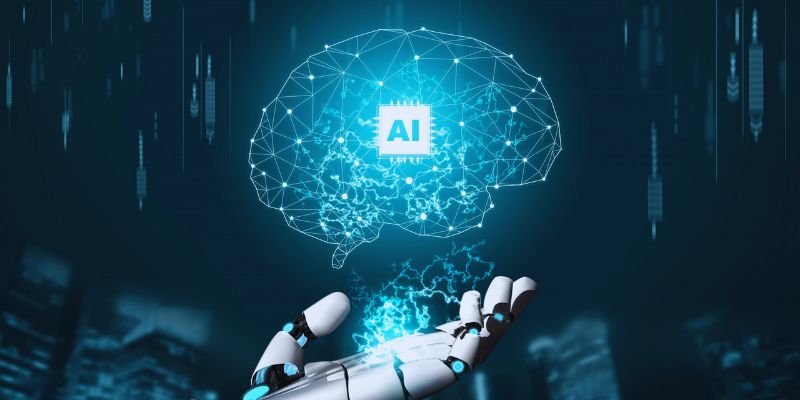
Learn how process industries can catch up in AI using clear steps focused on data, skills, pilot projects, and smart integration
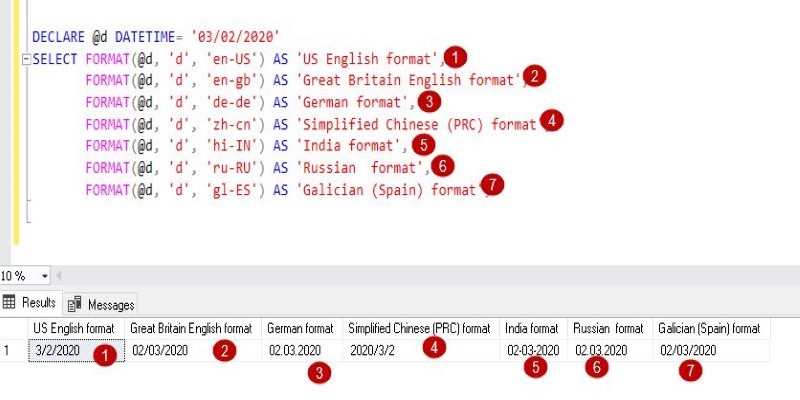
The FORMAT() function in SQL transforms how your data appears without changing its values. Learn how to use FORMAT() in SQL for clean, readable, and localized outputs in queries
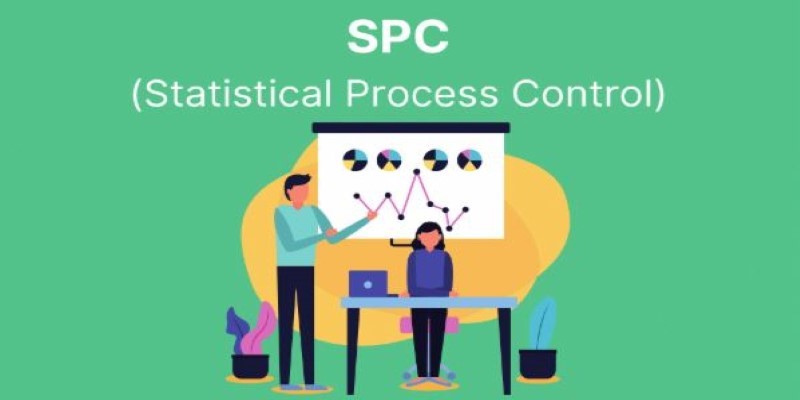
Statistical Process Control (SPC) Charts help businesses monitor, manage, and improve process quality with real-time data insights. Learn their types, benefits, and practical applications across industries
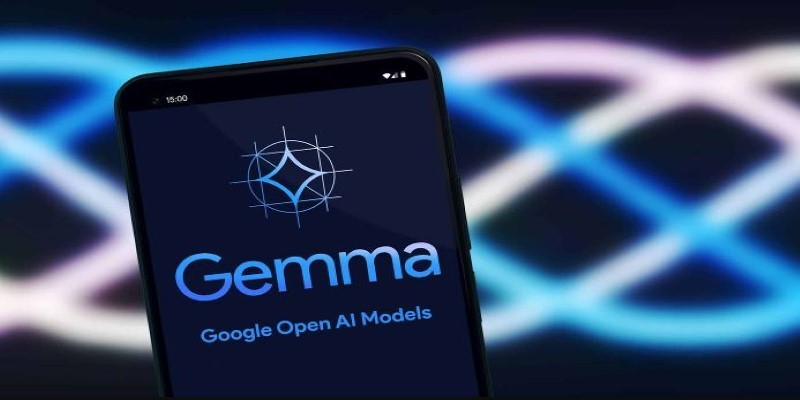
Gemma Scope is Google’s groundbreaking microscope for peering into AI’s thought process, helping decode complex models with unprecedented transparency and insight for developers and researchers
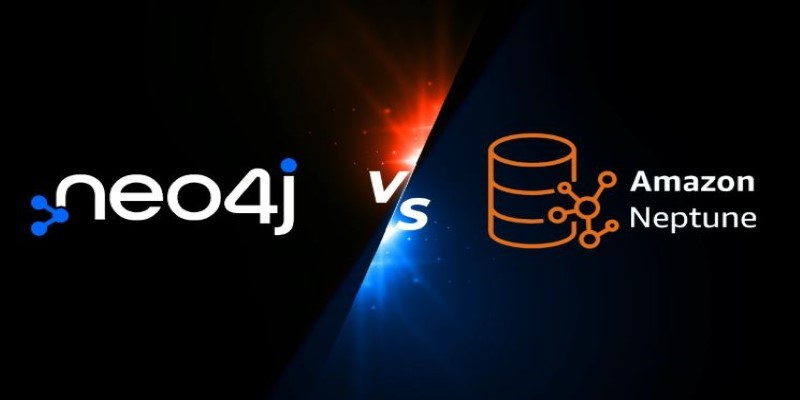
Explore a detailed comparison of Neo4j vs. Amazon Neptune for data engineering projects. Learn about their features, performance, scalability, and best use cases to choose the right graph database for your system
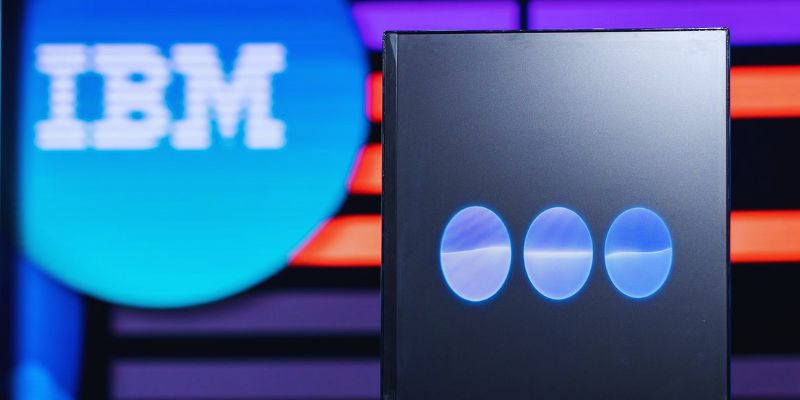
IBM’s Project Debater lost debate; AI in public debates; IBM Project Debater technology; AI debate performance evaluation
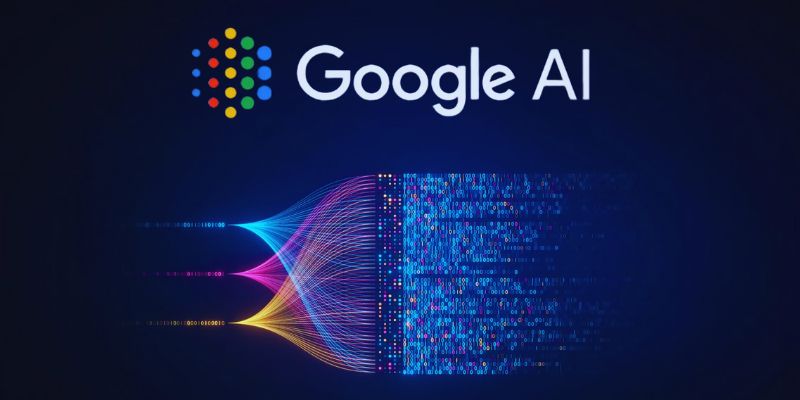
Google AI open-sourced GPipe, a neural network training library for scalable machine learning and efficient model parallelism

Accessing Mistral NeMo opens the door to next-generation AI tools, offering advanced features, practical applications, and ethical implications for businesses looking to leverage powerful AI solutions
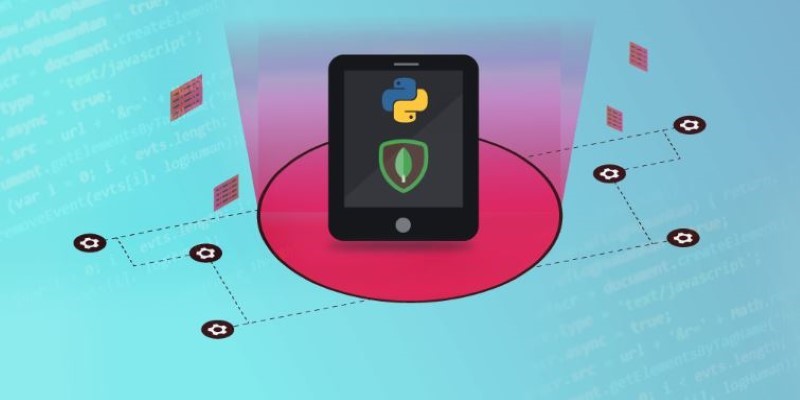
How to use MongoDB with Pandas, NumPy, and PyArrow in Python to store, analyze, compute, and exchange data effectively. A practical guide to combining flexible storage with fast processing
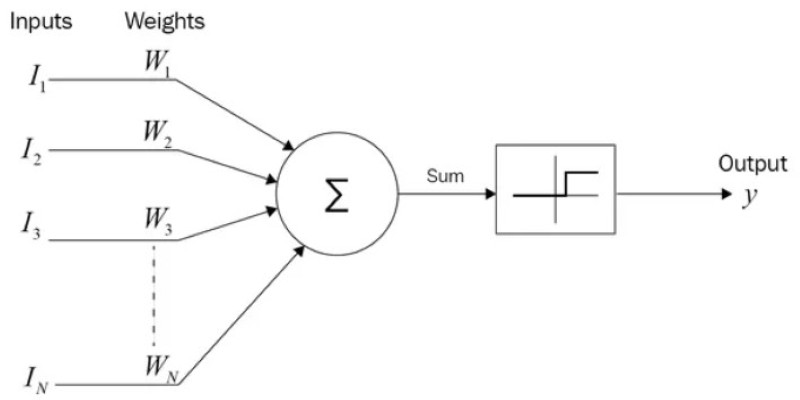
How the SUMPRODUCT function in Excel can simplify your data calculations. This detailed guide explains its uses, structure, and practical benefits for smarter spreadsheet management
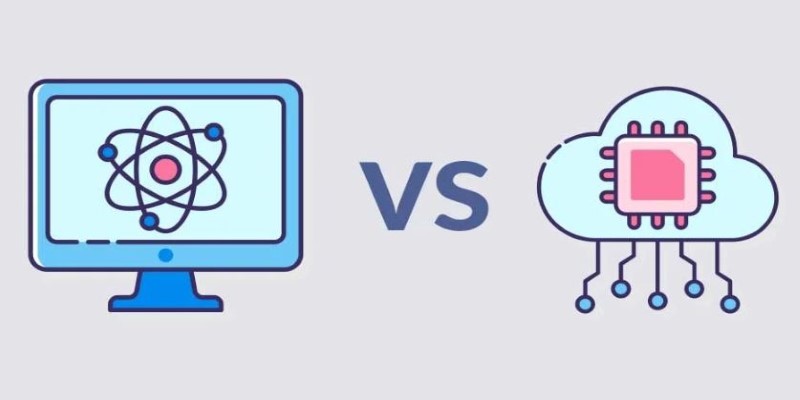
Confused between Data Science vs. Computer Science? Discover the real differences, skills required, and career opportunities in both fields with this comprehensive guide
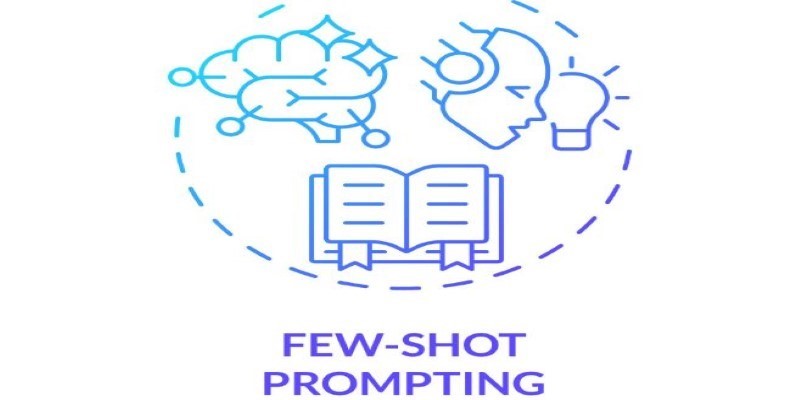
Few-Shot Prompting is a smart method in Language Model Prompting that guides AI using a handful of examples. Learn how this technique boosts performance and precision in AI tasks